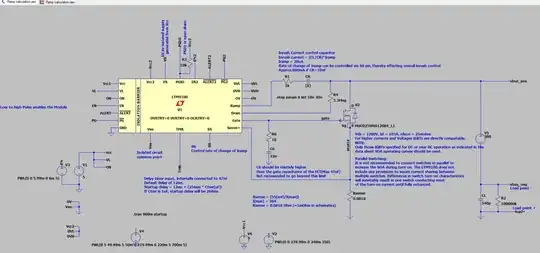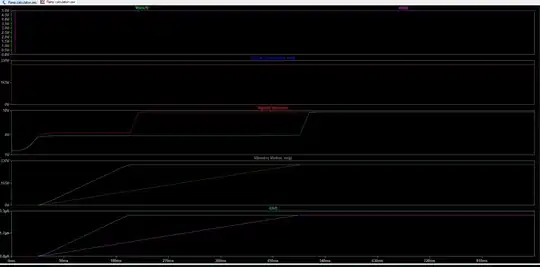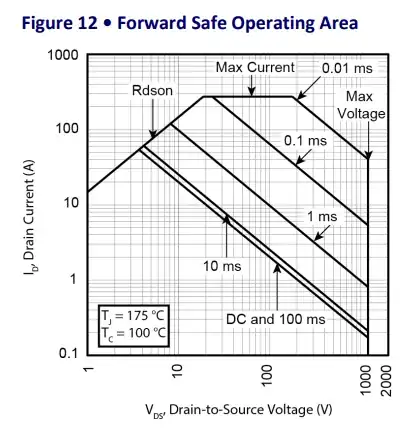We have designed a inrush controller using the LTM9100 controller. The LTM9100 basically controls the ramp rate of the gate voltage, which in-turn controls the raise time of the DC bus across the load. Our nominal DC bus voltage is 300 V, but the problem we are facing is that, the moment we enable the inrush operation of the LTM9100 (enable pin), the MOSFET fails, we have tried this with multiple MOSFETs (MSC025SMA120B4, NTH4LN019N65S3H to name a few) and its always the same result. But when we lower the nominal voltage to about 150 V everything works perfectly.
Could you kindly suggest what may be the possible root cause of this and any possible solutions?
We tried decreasing the ramp rate (CR in circuit), but the MOSFET still fails.
After some googling, we thought it may be because of spikes at the drain, but the MOSFETs we used are rated for 1200 V, I'd be surprised if 300 V could generate that much spike?
Attached is the exact circuit that we have used.


